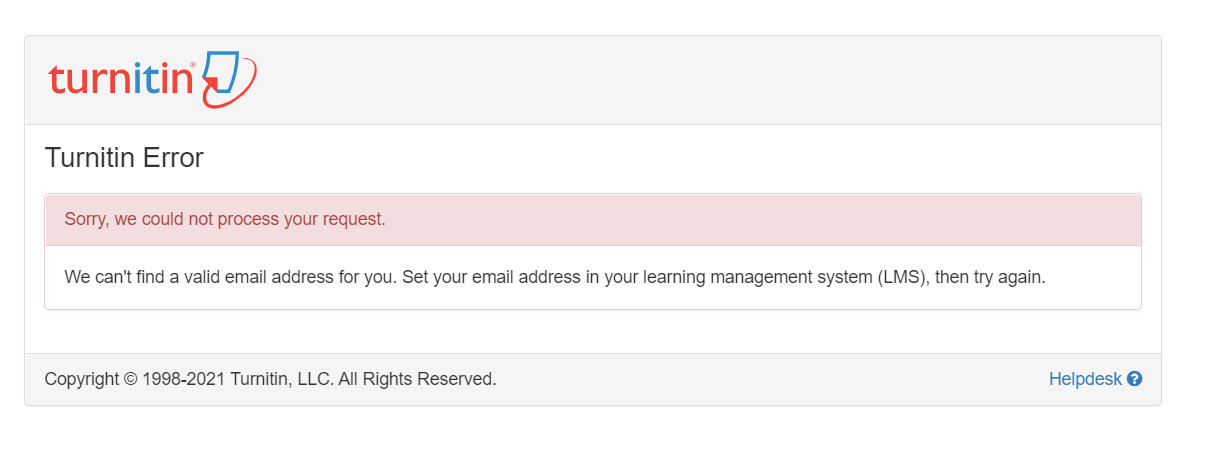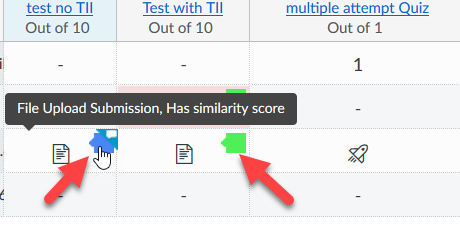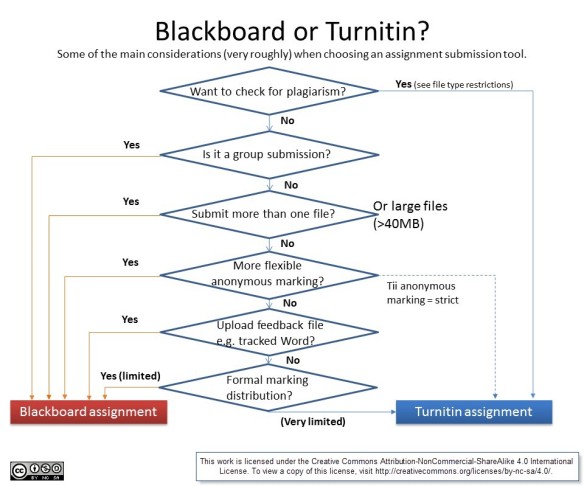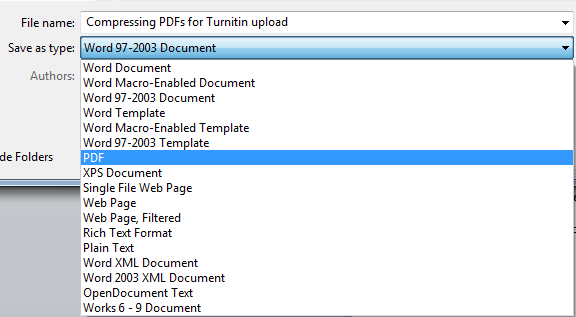Turnitin is a plagiarism detection tool that is commonly used in educational settings to ensure academic integrity. It is a software that compares a student's submitted work to a database of billions of online sources, as well as a database of previously submitted student papers, to check for potential instances of plagiarism.
Using Turnitin can be beneficial for both students and educators. For students, it can help them to understand what constitutes plagiarism and how to avoid it. It can also serve as a deterrent against attempting to cheat, as students may be less likely to risk submitting plagiarized work if they know it will be detected by Turnitin.
For educators, Turnitin can be a useful tool for detecting and addressing instances of plagiarism within their classrooms. It allows them to quickly and easily check students' work for potential instances of plagiarism, saving time and effort that would otherwise be spent manually reviewing and comparing papers. It can also help to ensure that students are being held to the same academic standards, as all students' work will be checked for plagiarism in the same way.
However, it is important to note that Turnitin is not a foolproof tool. It may not detect all instances of plagiarism, particularly if the source material has been significantly altered or if it is not available online. Additionally, Turnitin can sometimes flag legitimate sources as potential instances of plagiarism, particularly if the source material is used extensively in a paper. In these cases, it is up to the educator to review the flagged material and determine whether it constitutes plagiarism or not.
Overall, Turnitin is a useful tool for promoting academic integrity and detecting potential instances of plagiarism. However, it is important to use it as part of a larger strategy for promoting academic honesty, rather than relying on it solely to prevent plagiarism. This can include educating students about the importance of citing sources and the consequences of plagiarism, as well as encouraging students to engage in the research and writing process in a way that promotes original thought and critical thinking.






